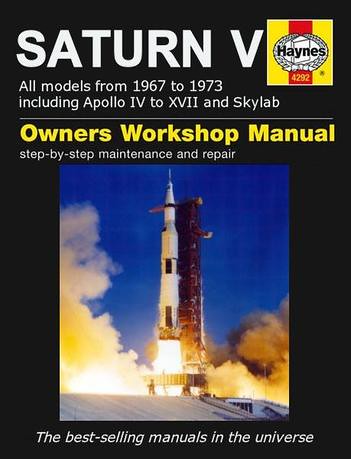Yes, if the lines are long enough I will use a tiny hobby saw that reminds me of the larger Japanese woodworking saws but with a finer blade and kerf less.I will even angle one of these blades in an already scribed groove and work it further. It does work quite well, you just need to make sure that the line is already established so that the blade wont wander.
I haven't been able to do too much on Papa at the moment, as mentioned previously side tracked by trying to get Resolution re-tooled and up and running. This is slowly getting there, I've created the silicon moulds for the revised larger and wider stern planes for Resolution and they are looking the part.
I intend to get back to some more Papa soon, however I have continues with the etching and scribing along the hull. As can be seen I scribed along to about the location of where the fin starts, scribing the Cruise missile doors around both sides of the forward hull. I still have more detail to work on as there are some free flooding vent beneath the missile hatches that I have yet to do. However once again I marked out the location of the hatches and detail to the rear of the fin, then got out the Dremel and started grinding out the channels needed for a layer of filler that would go on soon enough. Once again a mix of working with PVC pipe which is really easy to scribe in and the pine that requires the special treatment.
There are several drawings available of Papa and like the Mike, there is some variation between them when it comes to deck detail and safety lines. I simply had to pick one that looked like it would best conform to the images I have of Papa, which is frustratingly limited. As mentioned previously, this boat was about for 30 years, Didn't anyone think of taking more photos than just the few available? Seriously.
This has meant a little bit of interpretation when it comes to deck detail and also some looking over features that would be commonly "Russian' like escape hatches and the like.
I have scribed most of the stern section of the boat , just forward of the stern rudders however I haven't touched the stern escape hatch that is just in front of the vertical fin.




Leave a comment: